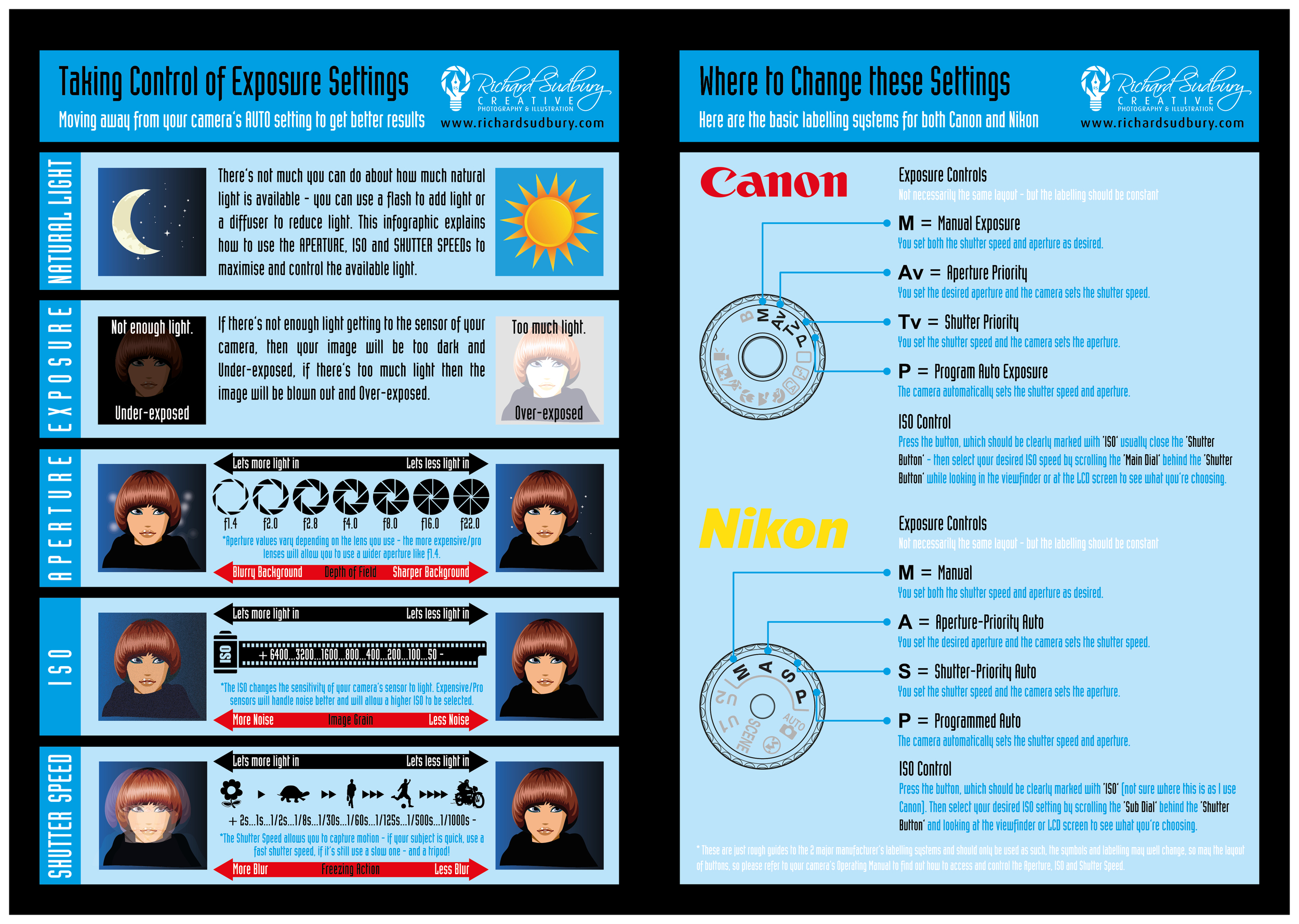What Every Professional Photographer Ought To Find Out About Illumination
What Every Professional Photographer Ought To Find Out About Illumination
Blog Article
Content Create By-Greenwood Fraser
As a digital photographer, you know that lighting can make or break your pictures. Understanding the nuances of both natural and artificial light is vital for recording the mood and clarity you go for in your job. Whether you're chasing after the excellent gold hour radiance or tweak your man-made configurations, grasping these elements can raise your digital photography dramatically. Yet there are common mistakes that many overlook, and acknowledging them can transform your approach to every shoot. Allow's discover what you may be missing and just how it can impact your outcomes.
Understanding Natural Light
Recognizing natural light is critical for any type of photographer looking to boost their work. It's the foundation of fantastic digital photography, affecting state of mind, tone, and clarity. When you shoot outdoors, pay attention to the time of day. The golden hour-- soon after dawn and prior to sunset-- supplies soft, warm light that can transform normal scenes right into sensational pictures.
https://www.digitalcameraworld.com/tutorials/affinity-photo-tutorials-tips-and-ideas-try-this-amazing-photoshop-alternative-today underestimate the power of overcast days. Cloud cover diffuses sunshine, developing a soft, even light that's ideal for portraits and macro digital photography. You'll find shades pop in this sort of lighting without extreme darkness.
Placing matters, also. Constantly consider your topic's positioning to the source of light. If the sun's behind your topic, you may end up with a silhouette, which can be dramatic however mightn't be what you desire. On the other hand, straight sunshine can develop uncomplimentary shadows.
Explore angles; occasionally, transforming your point of view can produce remarkable results. Use all-natural reflectors, like water or sand, to jump light onto your topic, adding dimension.
Mastering Artificial Light
Grasping man-made light is important for digital photographers that want to take their skills to the next degree. Whether Medical Residency portrait making use of speedlights, workshop strobes, or constant lights, comprehending how to manipulate these sources can substantially enhance your images.
Start by acquainting yourself with the fundamentals of light high quality, instructions, and color temperature level. https://telegra.ph/Discover-Exactly-How-To-Choose-The-Perfect-Electronic-Camera-Tailored-To-Your-Digital-Photography-Design-And-Needs-But-Are-You-C-01-07 with different modifiers like softboxes, umbrellas, or grids to control the soft qualities or cruelty of the light.
You'll discover that soft light usually produces flattering results, while harsher light can include drama and depth. Do not avoid https://blogfreely.net/coleman9nu/easy-ways-to-boost-your-portrait-digital-photography can boost the three-dimensionality of your topics.
Pay close attention to the positioning of your lights. A light positioned also near to your subject can produce uncomplimentary outcomes, while too far can bring about an absence of information. Make use of a light meter or your electronic camera's pie chart to guarantee you're subjecting appropriately.
Last but not least, remember that artificial light can be blended with ambient light for creative effects. Balancing these resources may take technique, but once you master it, your digital photography will genuinely radiate.
Strategies for Different Scenarios
When you enter various capturing scenarios, adjusting your illumination methods is crucial for recording the very best pictures. For exterior pictures, utilize the golden hour-- early morning or late afternoon light-- to soften darkness and boost skin tones.
If it's a harsh lunchtime sunlight, take into consideration using a reflector to jump light back onto your subject or seek shaded areas for a much more also direct exposure.
In low-light scenarios, like indoor events, raise your ISO and utilize a vast aperture to let in even more light. A tripod can help get rid of electronic camera shake, permitting longer exposures without obscuring.
If you're contending evening, try out off-camera flash to develop vibrant lights and depth in your pictures.
For item digital photography, make use of diffused lighting to prevent rough representations. Softboxes or light camping tents can aid accomplish this result.
When photographing landscapes, take into consideration the instructions of light and time of day, as it can drastically alter the mood of your shot.
Constantly prepare to change your settings and positioning based on the circumstance, as adaptability is key to grasping lighting in photography.
Final thought
Finally, mastering illumination is essential to elevating your photography abilities. Accept natural light's appeal throughout gold hour, and do not shy away from trying out fabricated light strategies. By adjusting your method to various situations, you'll catch stunning pictures that reverberate with emotion and quality. Keep in mind, the appropriate lights can change a normal shot into something remarkable, so maintain practicing and refining your understanding of both all-natural and man-made light. Delighted shooting!
